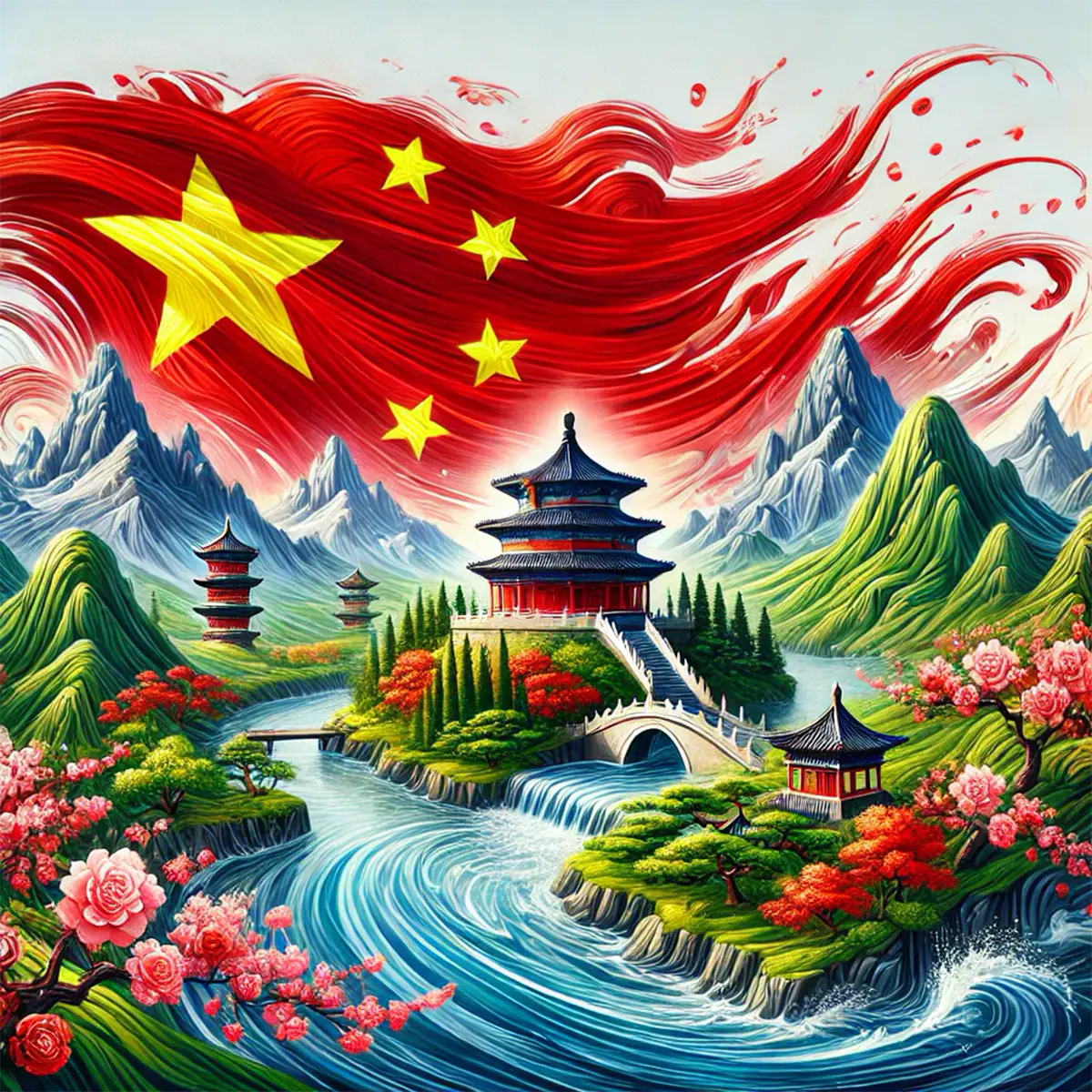In April 1949, the People's Liberation Army of China occupied Nanjing and the revolutionary people began to design the national flag of the New China. From June 15 to 17, 1949, a preparatory meeting of the National Committee of the Chinese People's Political Consultative Conference was held to formulate plans for the choice of the national flag. The sixth group of the preparatory meeting was responsible for this task. The meeting took place on July 4, 1949, and it was decided to invite newspapers to publicly present the national flag, coat of arms, and anthem, as well as to create a committee to select national symbols.
In July-August 1949, various newspapers in China announced a competition for national flag designs for the Chinese People's Political Consultative Conference. Many people created various flag designs and submitted them for consideration. Thirty-eight designs were selected and submitted to the conference for discussion. Initially, the red star design concept was not accepted, but later became one of the options for the national flag. After selection, several categories of flag design were identified, including hammer and sickle on a red background, gears and stars, and horizontal or vertical color combinations. The five-star red flag was a reflection of Chinese characteristics, political orientation, and solemnity. Most people supported this design and it was put up for further discussion at the conference.

On September 23, 1949, the National People's Congress discussed the design of the national flag, but failed to reach an agreement. Some representatives felt that the four small five-pointed stars were unacceptable because they reminded them of the bourgeoisie. Initially, Mao Zedong and most representatives agreed to the design of one star and a horizontal yellow stripe on a red background, but then Zhang Zhizhong spoke out against the idea, believing that the horizontal stripe could cause a split. Mao Zedong held a symposium to explain the reasons for keeping the five-star flag on a red background and reached a consensus among the participants.
On September 26, 1949, the National Flag Revision Group of the Chinese People's Political Consultative Conference approved the five-star red flag on a red background as the national flag of the People's Republic of China. Before the resolution was adopted, the flag design was amended and the meaning of the symbols on the flag was clarified. On September 27, 1949, at the first plenary session of the National Committee of the Chinese People's Political Consultative Conference, a resolution was adopted to establish the five-star red flag as the national flag. This flag symbolized the unity of the Chinese revolutionary people. The flag has five yellow five-pointed stars symbolizing unity under the leadership of the Communist Party. The flagpole is white to distinguish it from the red color of the flag. On September 29, 1949, Narodnaia Gazeta published drawings and instructions for making the new national flag, making them available to everyone. On October 1, 1949, the first flag of the People's Republic of China was raised by Mao Zedong in Tiananmen Square.







